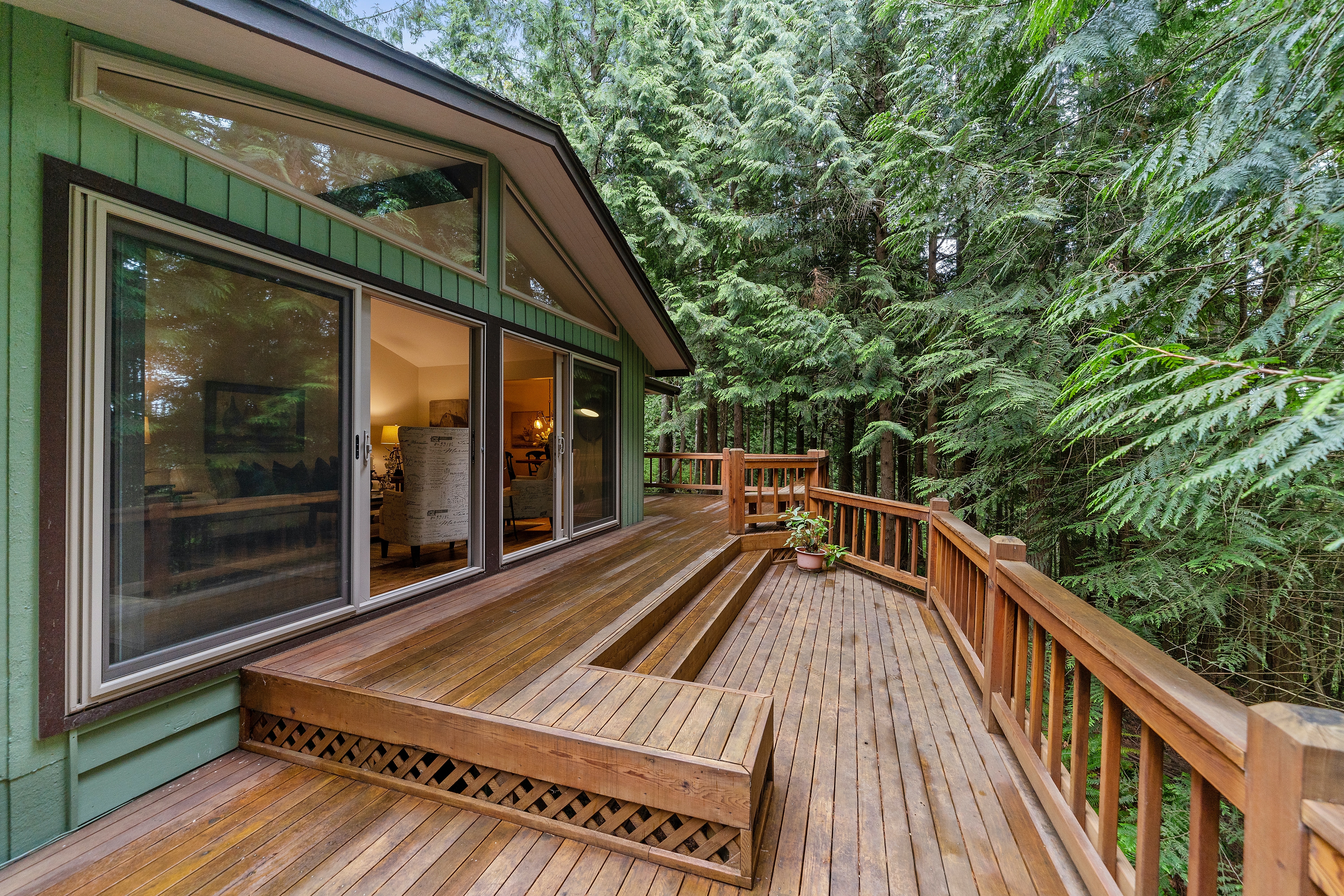
Q: We recently purchased an older home with a large yard. We’d like to install a deck for entertaining guests this summer and save some money by doing it ourselves. What do we need to know before we begin?
A: It’s never too early to begin thinking about summer fun and entertaining. Here’s a planning list to help you get started on a DIY deck.
Determine a size
A quick rule of thumb for deck sizing is to allow for 5 square feet for each person who will be using it. So if you have a family of five, you should plan for at least 25 square feet. You’ll want additional room if you intend to host parties or want cooking space. The size of your house and yard will also help determine the size of deck you can have — just make sure you leave enough open space in your yard for other outdoor activities. Also, decide if you want the deck elevated or set at ground level.
Pick a height
There are a wide variety of options for the height of your deck. You should customize your deck design to meet the specific needs of your home and your family.
Ground level: This is a good option for families with young children or for single-level homes. These decks reduce the risk of falls.
Elevated: This option works for multilevel homes. It’s great for views and feeling like you’re in the tree canopy, but these decks do require proper safety planning and handrails.
Tiered: This style includes multiple levels, which create separate deck areas for different activities.
There are also many features that can be built right into your deck design, including seating, planters for greenery, spots for outdoor kitchen appliances and attractive decking patterns.
Plan the details
Now that you have determined the size, style and the features you want in your deck, it’s time to plan out the details. Where do you want to access the deck from your home? Will there be stairs? Do you need utility hookups? What is your total project budget, and is it realistic? With these details at hand, you’re ready to create a rough drawing on graph paper. Many lumber stores offer deck-planning software on their websites if you want more design polish.
There are also some important final steps and considerations that need to be made.
Check your property lines. You’ll want to ensure your proposed deck stays within your property.
Diagnose drainage or grading problems. These will need to be corrected before you begin the project.
Decide what type of foundation you’ll use. Options include concrete piers with or without sills, prefabricated deck blocks, foundation piles or screws. You’ll need to consider the type of soil you have, whether or not you want the deck to be anchored to the home or free-standing, and whether you need to do any major excavation work to make it happen.
Decide on decking materials. Natural materials include cedar, treated wood and hardwoods. Manufactured types include products like TimberTech, Trex and Azek.
Lumber professionals can help you select the appropriate volume of materials you’ll need to complete your project. If you are unsure about which products are best, they can advise on that, too.
Good luck building your new deck. You’ll be happy you did when summer comes around — this year and for years to come.
Dawn Killough is a writer for Parr Lumber, a member of the Master Builders Association of King and Snohomish Counties (MBAKS). If you have a home improvement, remodeling or residential homebuilding question you’d like answered by one of MBAKS’s more than 2,600 members, write to homework@mbaks.com.